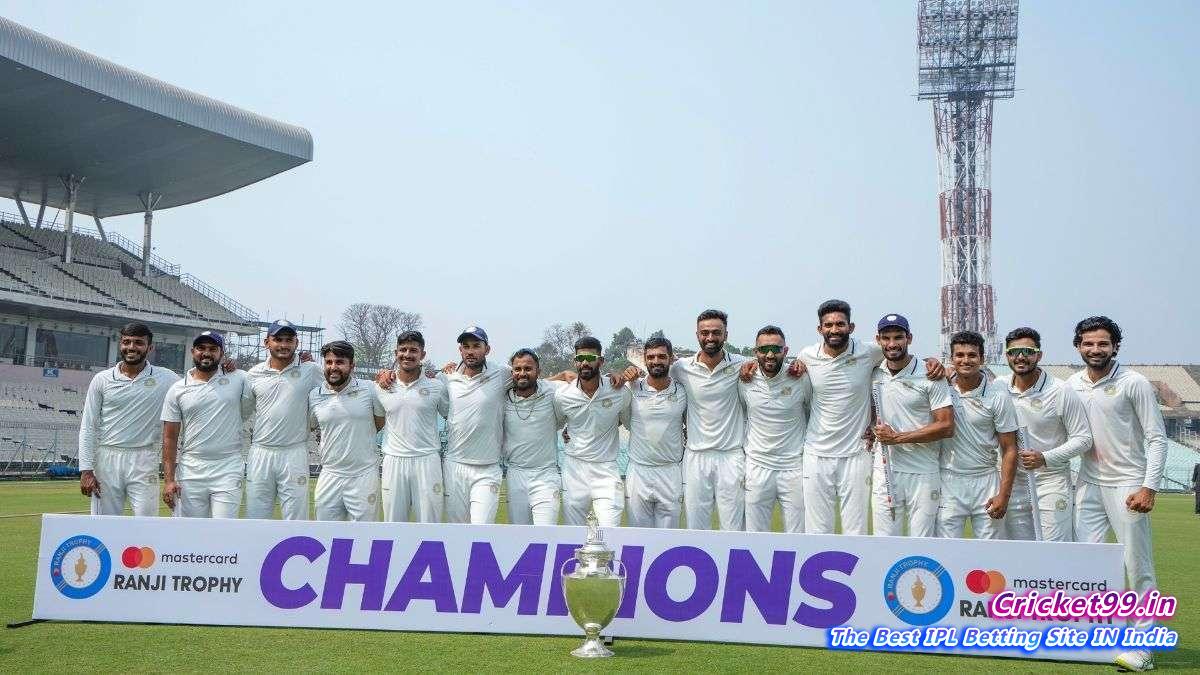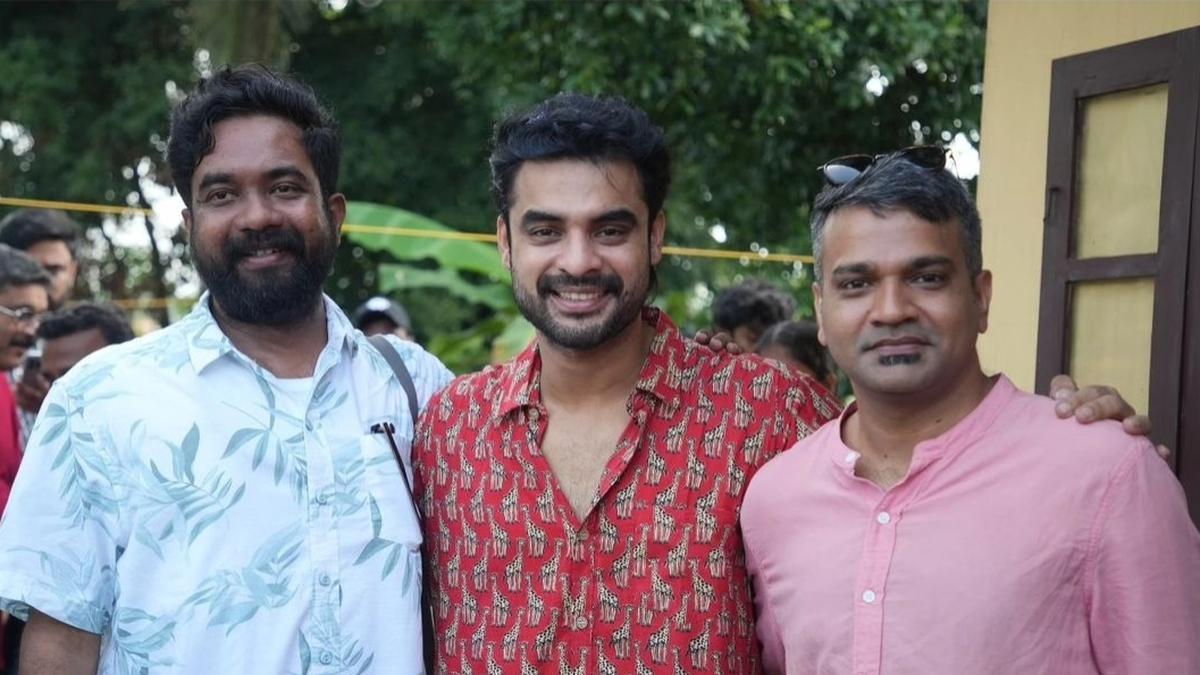
In a significant move to reform and enhance domestic cricket, the Board of Control for Cricket in India (BCCI) is on the verge of introducing some ground-breaking changes. One of the most noteworthy alterations proposed is to divide the venerated Ranji Trophy, India’s premier first-class cricket tournament, into two separate halves. Moreover, in an unconventional bid to foster fair play and competitiveness, the BCCI is poised to abolish the toss from the CK Nayudu Trophy.
Insights from a report furnished by the Press Trust of India indicate that these proposed changes are part of a broader strategic initiative to restructure the domestic cricketing calendar for the 2024-25 season. The board’s apex council received these suggestions after thorough discussions conducted with key cricketing figures, including Board secretary Jay Shah, India’s national team captain Rohit Sharma, chief selector Ajit Agarkar, head coach Rahul Dravid, and VVS Laxman, the head of the National Cricket Academy.
The reasoning behind the decision to hold the Ranji Trophy in two segments is manifold, addressing concerns over both climate and player well-being. The initial set of five games will be followed by a deliberate pause during which other domestic competitions, such as the Syed Mushtaq Ali Trophy and Vijay Hazare Trophy, will transpire. This intermission also allows for the remaining two group games and the subsequent knockout stages of the red-ball tournament to occur in more favorable weather conditions, specifically avoiding the biting cold in the northern regions of India during winter. Jay Shah accentuated the benefits of this change, saying, “There will be an increased gap between matches to allow players sufficient time for recovery and to maintain peak performance throughout the season.”
As for the CK Nayudu Trophy, the introduction of a fresh point system seeks to equalize the playing field and emphasize the importance of both batting and bowling achievements in the first innings. This strategy also prizes achieving a first-innings lead or securing outright victories. These scoring criteria are intended to cultivate a more well-rounded and competitive edge among up-and-coming players, potentially enriching the talent pool for the international stage.
The overall structure of India’s domestic season will commence with the Duleep Trophy followed by the Irani Cup—prelude tournaments that set the stage for the bifurcated Ranji Trophy. The adjustments in the tournament formats emphasize the BCCI’s commitment to enhancing the quality and competitiveness of India’s domestic cricket, providing players with ample opportunities for recuperation and optimum performance.
This revamped calendar will demand a strategic approach from players and coaching staff alike, promoting comprehensive growth in skill sets and gameplay. While such structural innovations might disturb the time-honored rhythms of domestic cricket, backers of the proposal believe that it will ultimately yield a robust and more sustainable framework for nurturing cricketing talent in India.
However, before any of these changes take effect, the proposals must navigate the council’s review process, where they may face scrutiny and possible amendments. Should they be ratified, this could herald a new era for domestic cricket in India, with novel dynamics fostering fair competition and showcasing the true mettle of players in one of the nation’s most cherished sports. As with any significant change, the potential ripple effects on players’ careers, team strategies, and the broader cricketing community remain the subject of keen anticipation and debate.










